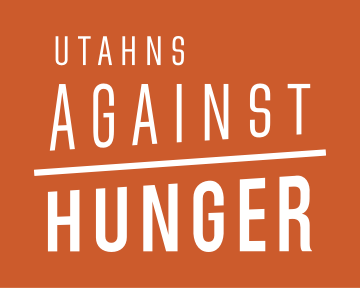How Hungry is America? provides data on food hardship — the inability to afford enough food— nationally, for every state, the District of Columbia, and 108 Metropolitan Statistical Areas (MSAs) across the country. The report is based on 337,690 interviews in 2016–2017.
Nationally, the report found that after several years of decline, the food hardship rate for all households increased from 15.1 percent in 2016 to 15.7 percent in 2017. The food hardship rate for households with children is 18.4 percent, or 1.3 times higher than for households without children.
The report finds:
- Utah ranked 44th in the nation for food hardship (1 being the worst), with 1 in 8 households reporting they had trouble putting food on the table.
- For the Salt Lake City Metropolitan Statistical Area (MSA) the food hardship rate was 13.9 percent in 2016–2017, giving it a ranking of 71 among 108 MSAs. The Ogden-Clearfield MSA food hardship rate was 11.8 percent (ranked at 94), and the Provo-Orem MSA food hardship rate was 8.1 percent (ranked at 106).
- The food hardship rate in Utah is considerably higher for households with children, at 14.9 percent, compared to 10.7 percent for households without children.
“Food hardship affects people in every community in Utah, although it often goes unseen by those not impacted by it,” said Gina Cornia, Executive Director, Utahns Against Hunger. “While we’ve seen improvements in Utah (the food hardship rate is down from 13.6 percent in 2015-2016 to 12.5 percent in 2016-2017), we still have one in eight households that struggle to afford enough food. These families might be struggling because of high housing costs, health issues, or a loss of income. We can do better, but we have to make the investments so that parents and individuals can move out of poverty and increase their access to food. Utahns Against Hunger believes that can start with talking about increasing wages, increasing access to programs that lead to better jobs, and strengthening federal nutrition programs so that those who need the help can get it.”
About the Report
How Hungry is America? focuses on data for the nation for 2017 and for every state and the District of Columbia, and 108 MSAs for 2016–2017. The data were gathered as part of the Gallup-Sharecare Well-Being Index project, which has been interviewing hundreds of households daily since January 2008. The Food Research & Action Center (FRAC) analyzed responses to the question: “Have there been times in the past 12 months when you did not have enough money to buy food that you or your family needed?” A “yes” answer to this question is considered to signal that the household experienced food hardship. FRAC uses the phrase “food hardship” to avoid confusion with the annual Census Bureau/U.S. Department of Agriculture survey and analysis that produces “food insecurity” numbers, but the concepts are comparable.
